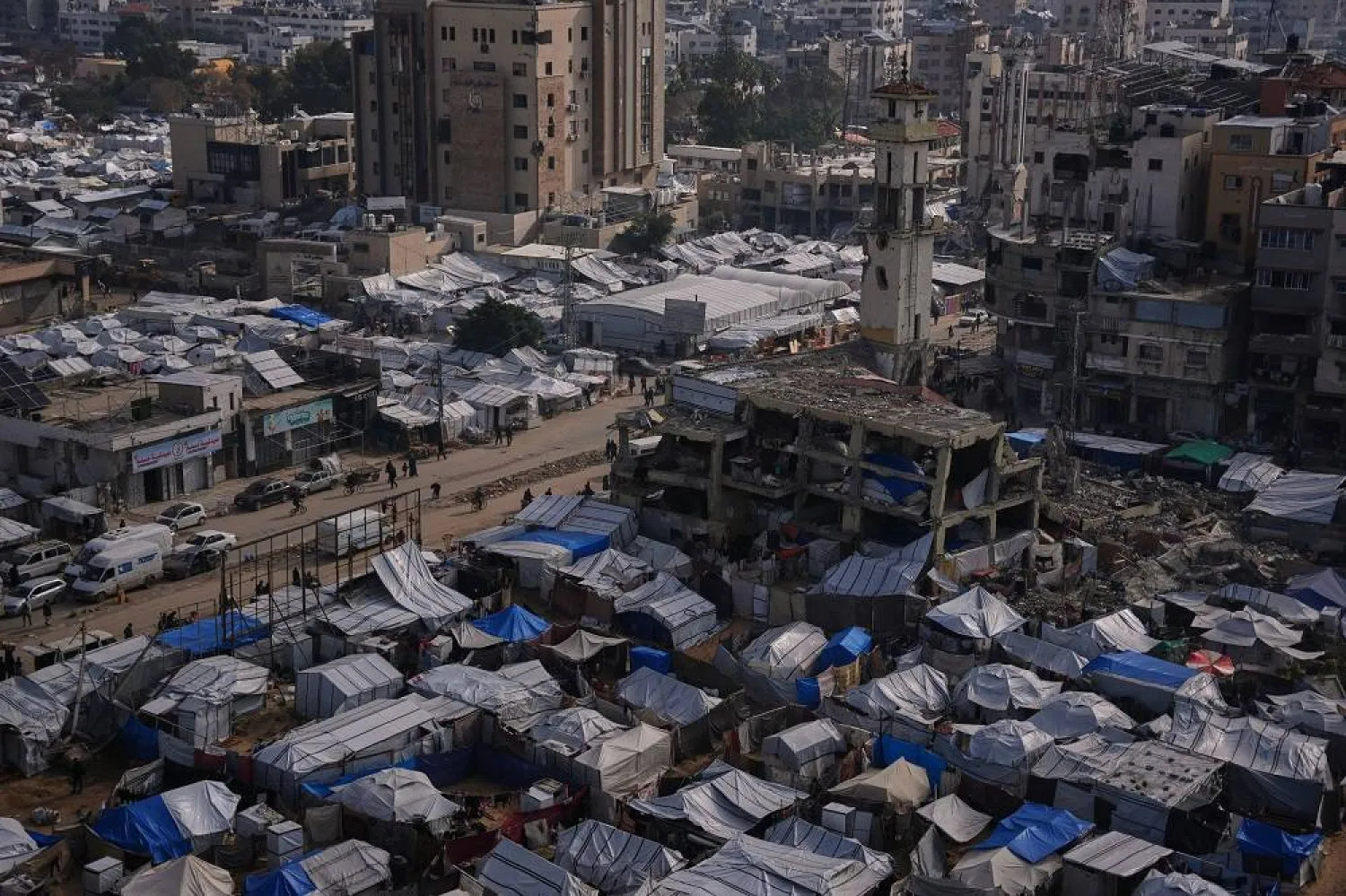Many residents of south Lebanon who just days ago were preparing to harvest their olives have instead fled for fear of another ruinous conflict with Israel after the deadliest day of cross-border violence since the 2006 war.
For villagers in southern Lebanon, Monday's clashes stirred memories of the devastating 2006 war between Israel and the Iran-backed Lebanese group Hezbollah as the conflict between Israel and Palestinian militants, 200 km (120 miles) away to the south, arrived at their doorstep.
On the Israeli side of the frontier, villages appeared deserted on Tuesday - a possible result of residents sheltering indoors rather than evacuating. The Israeli military said it had not issued them with any orders to leave. Some people, however, said they were relocating southward as a temporary precaution.
Israeli tanks were deployed in the far northern border town of Metulla as rain came down near the heavily fortified border.
Six people were killed on Monday - three Hezbollah members, an Israeli officer, and two Palestinian militants who touched off the violence by infiltrating Israel from Lebanon.
"I was here in 2006 - those were terrifying scenes. And the shelling yesterday was very heavy," Charbel Alam, a barber in the border town of Rmeish, said. Hundreds of people had left, mostly families with children or elderly relatives, he said.
"People with kids left because in 2006, there was no bread, no milk, no medicine. Lebanon is already like that now, so imagine what it would be like if things escalate," Alam said, referring to the financial crisis that has impoverished many Lebanese over the last four years.
Nazimiya Damouch, an elderly woman, said children had been taken to shelter in a nearby UN peacekeeper base during Monday's shelling. "I'm not afraid of shelling like this, but you get scared for the kids."
It marked the most serious escalation at the volatile frontier in rugged highlands since the summer war 17 year ago that killed 1,200 people in Lebanon, mostly civilians, and 157 Israelis, mostly soldiers.
Tensions have spiked since Palestinian group Hamas launched a surprise attack on Israel from the Gaza Strip on Saturday, killing 900 people, abducting dozens, and setting off a war in which nearly 700 Palestinians have also been killed.
Monday's violence at the Lebanese-Israeli frontier began when militants from the Palestinian Islamic Jihad group, which is fighting alongside Hamas in Gaza, slipped across the frontier from Lebanon into Israel.
Israeli forces killed two of the militants in the ensuing confrontation, in which the Israeli officer also died, though Islamic Jihad said the Israeli death toll was higher than that published by Israel so far.
The Hezbollah fighters were then killed during retaliatory Israeli shelling. Hezbollah responded by firing on two Israeli army positions, with no casualties reported. Hezbollah called it an initial response, signaling more to come.
Streets were quiet in Lebanese villages and towns near the frontier on Tuesday, with schools shut. A storm put many people in Lebanon on edge as thunder was mistaken for Israeli bombardment.
People were also jittery in Kiryat Shmona, a northern Israeli town near Metulla. "This is not the best feeling in the world," resident Orel Sigon said. "We've experienced rockets here, we've been through a lot, but this time we feel that there will be chaos."
Economic hardship
Hezbollah, founded by Iran's Revolutionary Guards in 1982, has close ties to the Palestinian groups fighting Israel.
Hezbollah has voiced support for the Palestinians, saying its "guns and rockets" are with them. On Sunday, Hezbollah fired at three Israeli positions in the disputed Shebaa Farms along the border, declaring it an act of solidarity with the Palestinians, an attack that caused no Israeli casualties.
But the heavily armed, Shiite Hezbollah has so far not opened a major second front against Israel.
Lebanon took years to rebuild from the 2006 war, during which Israeli bombardment pounded Hezbollah-controlled south Lebanon and destroyed wide areas of its stronghold in the southern suburbs of Beirut.
Mutual threats of destruction have helped ward off a major conflagration since then, while neighboring Syria has served as a theater for the conflict between Israel and Hezbollah.
Lebanon can ill-afford another big war with Israel, four years into a financial meltdown that has spread impoverishment and paralyzed state institutions.
In the south, Bassam al-Sweit's house was blown up in the 2006 war, but he said tougher economic times in Lebanon meant he would not be able to do so for a second time.
"The economic situation for people today means, if you want to leave the house, where do you go? If you want to buy a loaf of bread, I mean, some people can't. People can't fill their cars with gasoline if they want to flee," he said.
"Okay, you want to start a war. The least you can do is secure the citizens you have, give them protection or food."









